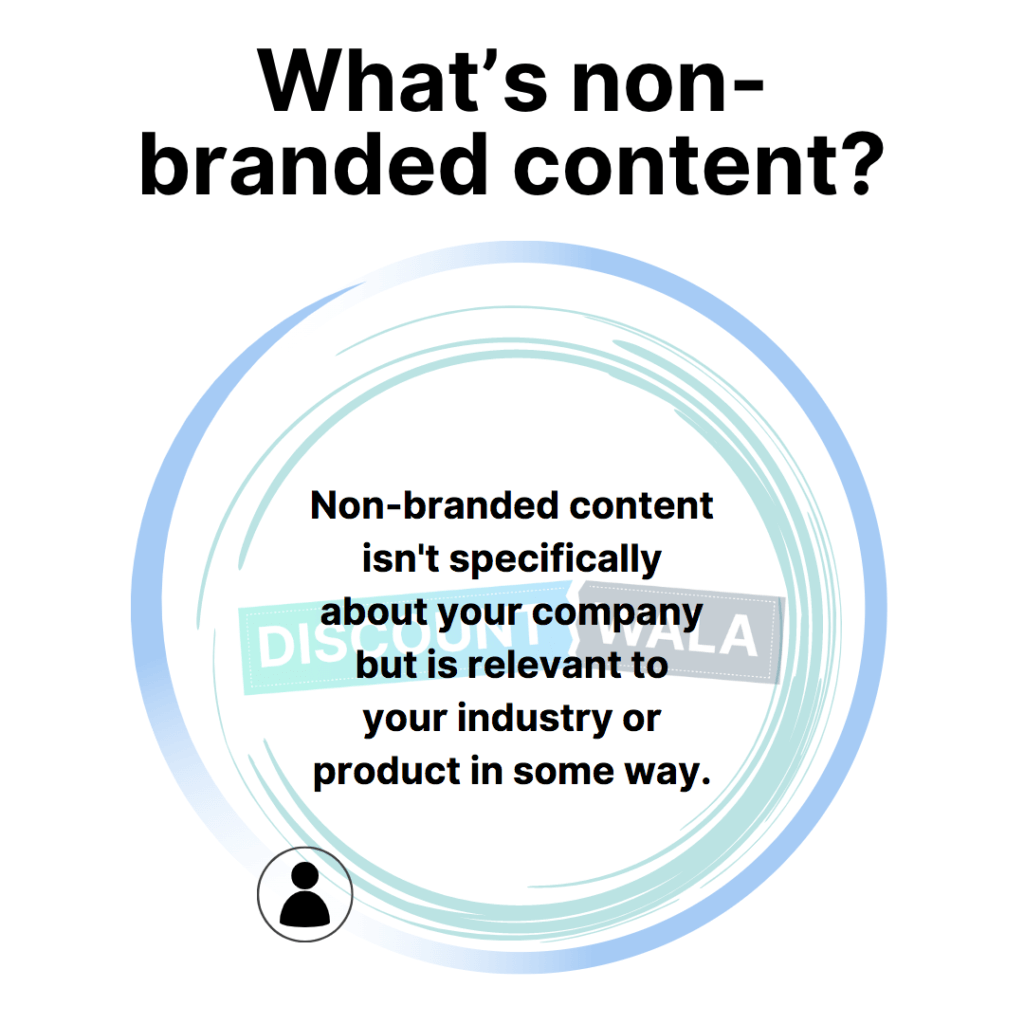What’s branded content?

Branded content refers to any type of content, such as articles, videos, images, or social media posts, that is created by a brand with the goal of promoting the brand’s products or services. The content is designed to be informative, entertaining, or engaging, rather than overtly promotional or advertising-focused.
Brands use branded content as a way to build awareness, establish themselves as thought leaders in their industry, and connect with their target audience in a more organic way. The content is usually published on the brand’s website or social media channels, but can also be distributed through third-party media outlets or influencer partnerships.
Successful branded content should align with the brand’s values and messaging, be relevant and valuable to the target audience, and provide some form of entertainment or education. By providing value to the audience, branded content can help build trust and loyalty with the brand, ultimately leading to increased sales and brand recognition.
What’s non-branded?

Non-branded content is any type of content, such as articles, videos, images, or social media posts, that is not directly promotional or advertising-focused for a specific brand. The content is created with the goal of providing value to the audience, rather than promoting a product or service.
Non-branded content is designed to educate, entertain, or inform the audience, and can cover a wide range of topics, such as current events, lifestyle, or industry news. Non-branded content can be created by a variety of sources, including media outlets, independent creators, or industry experts.
Non-branded content can be used by brands as a way to build brand awareness and credibility, by associating the brand with high-quality, informative content. By providing value to the audience, non-branded content can help to build trust and establish the brand as a thought leader in their industry.
While non-branded content may not have a direct promotional message, it can still indirectly benefit a brand by driving traffic to their website, increasing brand recognition, and improving search engine optimization (SEO).
What’s the difference Branded vs. non-branded ?
1. Brand recognition: Branded products are easily recognized due to their established reputation, logo, and marketing efforts. Non-branded products, on the other hand, lack brand recognition.
2. Quality assurance: Branded products often come with a guarantee of quality and consistency. Consumers trust the brand and expect the same level of quality each time they purchase a branded product. Non-branded products, on the other hand, may not have the same level of quality assurance.
3. Price: Branded products usually have a higher price tag compared to non-branded products. This is due to the brand’s marketing and advertising costs, which are often passed onto the consumer. Non-branded products, on the other hand, are generally more affordable.
4. Availability: Branded products are often widely available in stores and online. Non-branded products may be limited in availability and may require more effort to find.
5. Personal preferences: Consumers may have personal preferences for branded or non-branded products. Some may prefer the quality and consistency of a branded product, while others may prefer the affordability of non-branded products.










No Comments
Leave Comment